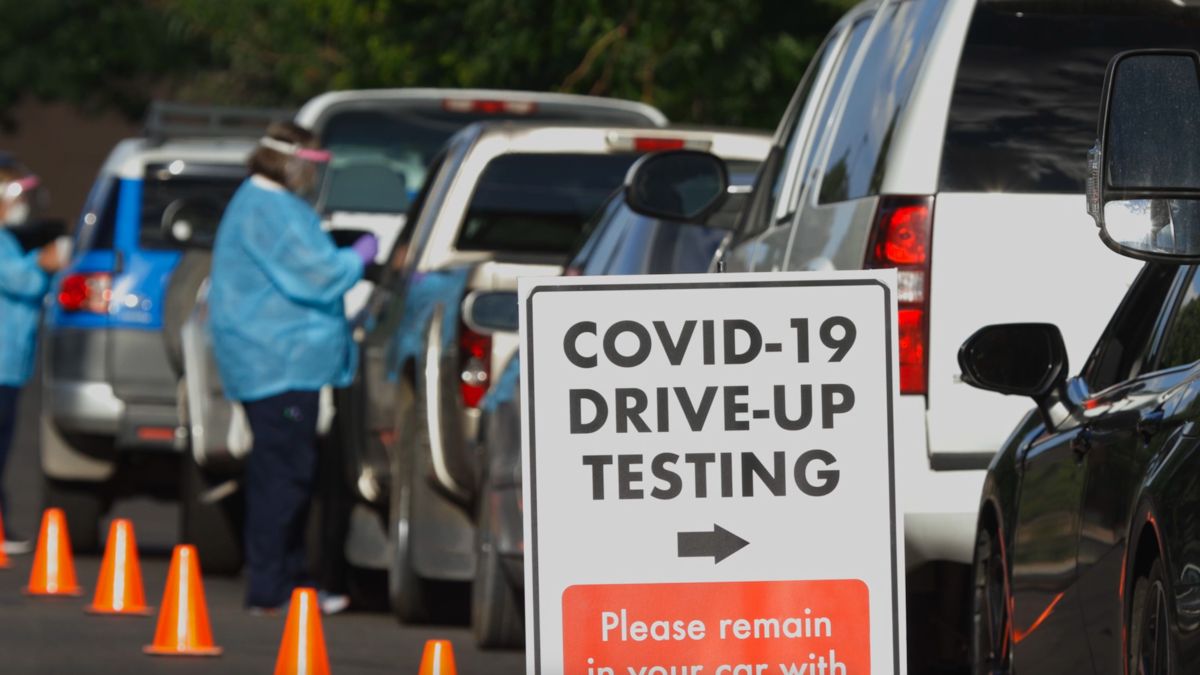
Since the COVID-19 pandemic's outbreak, and with new variants being discovered regularly, we've all become familiar with the terminology of testing. But as the nature of the pandemic has changed – with evolving public health strategies, vaccines widely available in some countries, and now very promising COVID-19 treatments – it is difficult to decide when and how to use the different kinds of test available. How are labs deciding how to test? And why is continued testing so important?
We believe in syndromic testing because we don’t have to spend a lot of time diagnosing a patient who might not have a lot of time to get that diagnosis.
Steve Hoover, President of lab operations, Mako Medical
Testing lets our customers know with confidence when it is safe to let their employees return to the workplace.
Michelle Volk, CEO and President of Great Lakes Labs
I think the world's eyes have been opened to the possibilities. The value of fast, accurate diagnosis has really become clear.
Dr. Richard Dawood, Medical Director & Travel Medicine Specialist, Fleet Street Clinic, London
